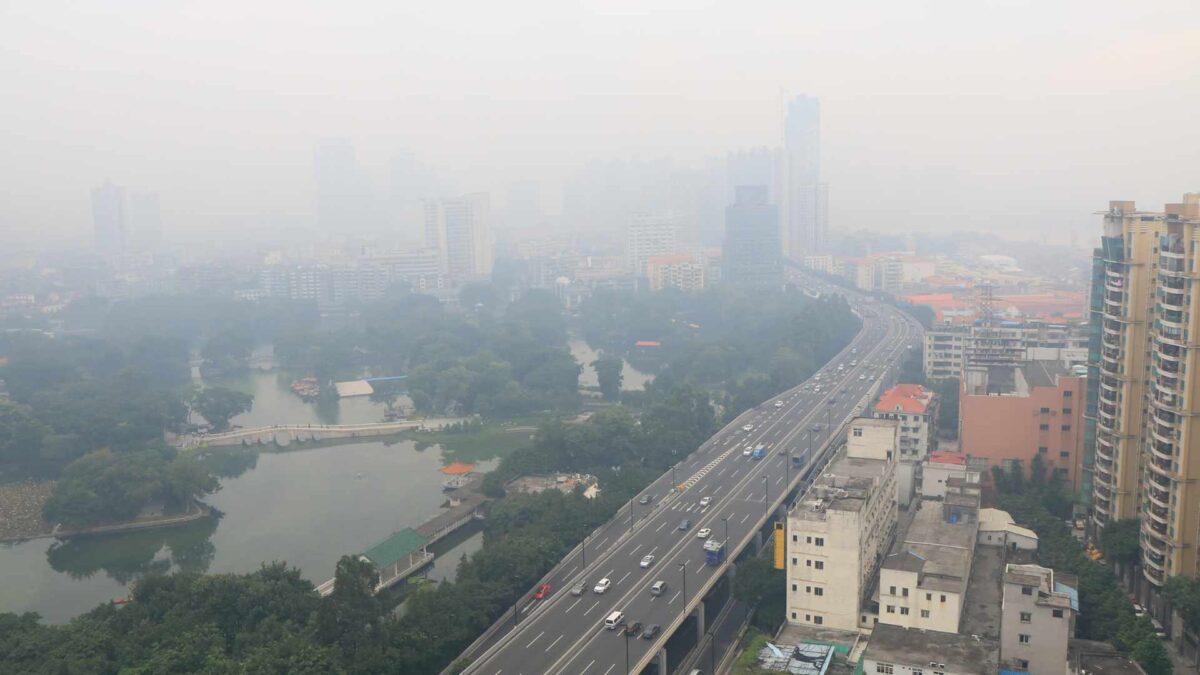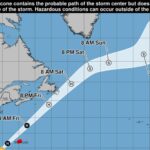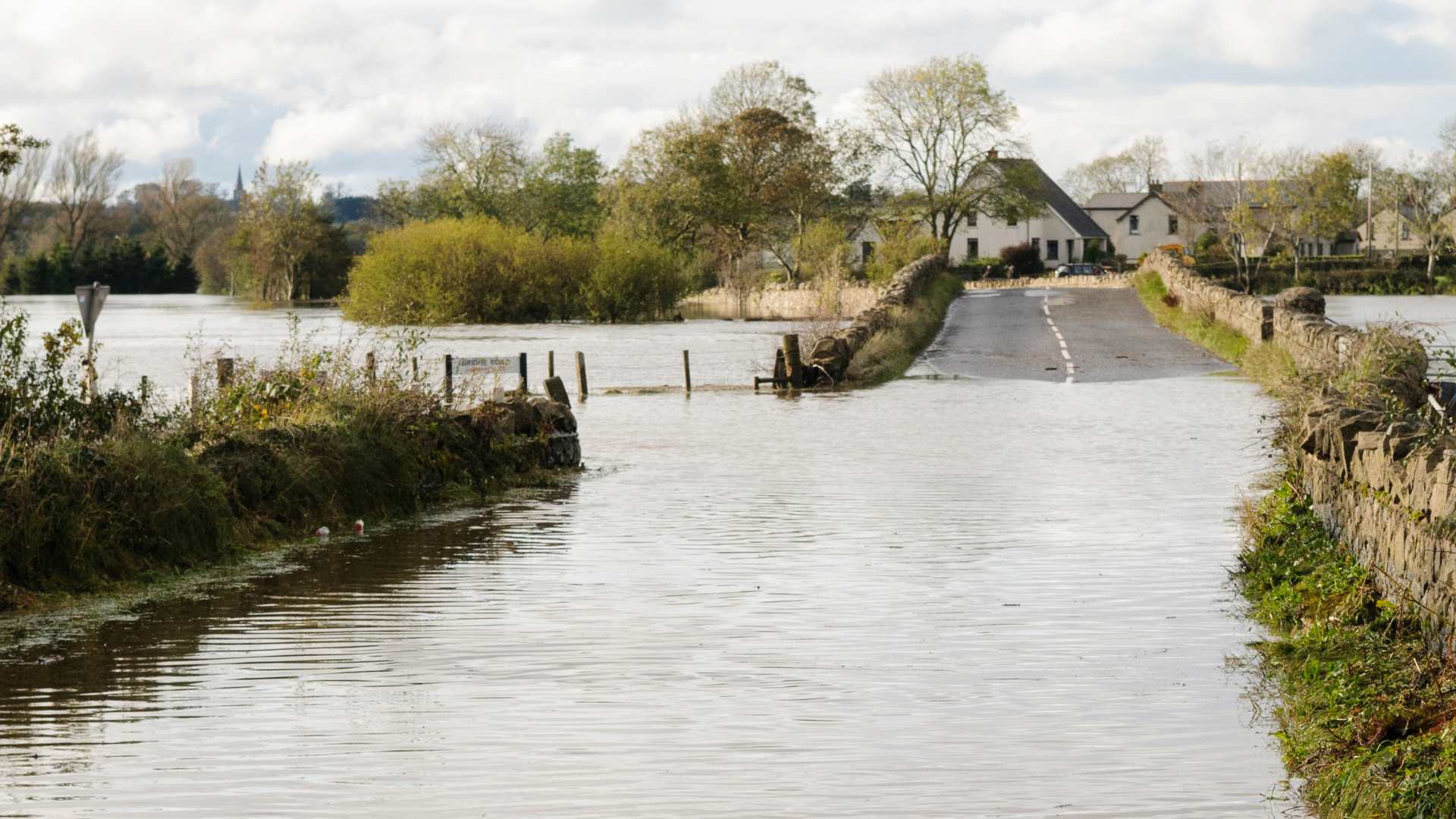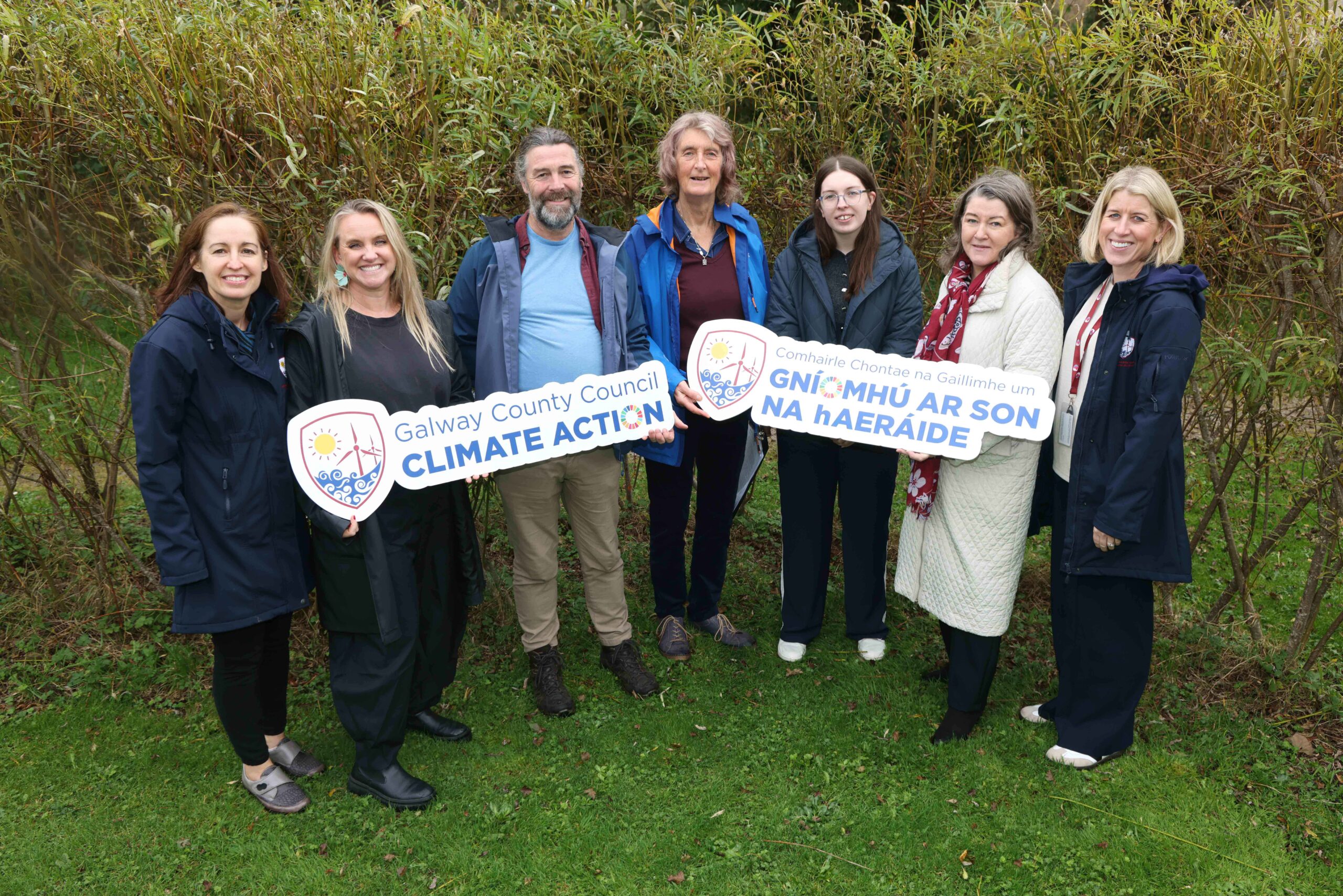
Wildfires and Fog Drive Record Air Pollution, WMO Warns
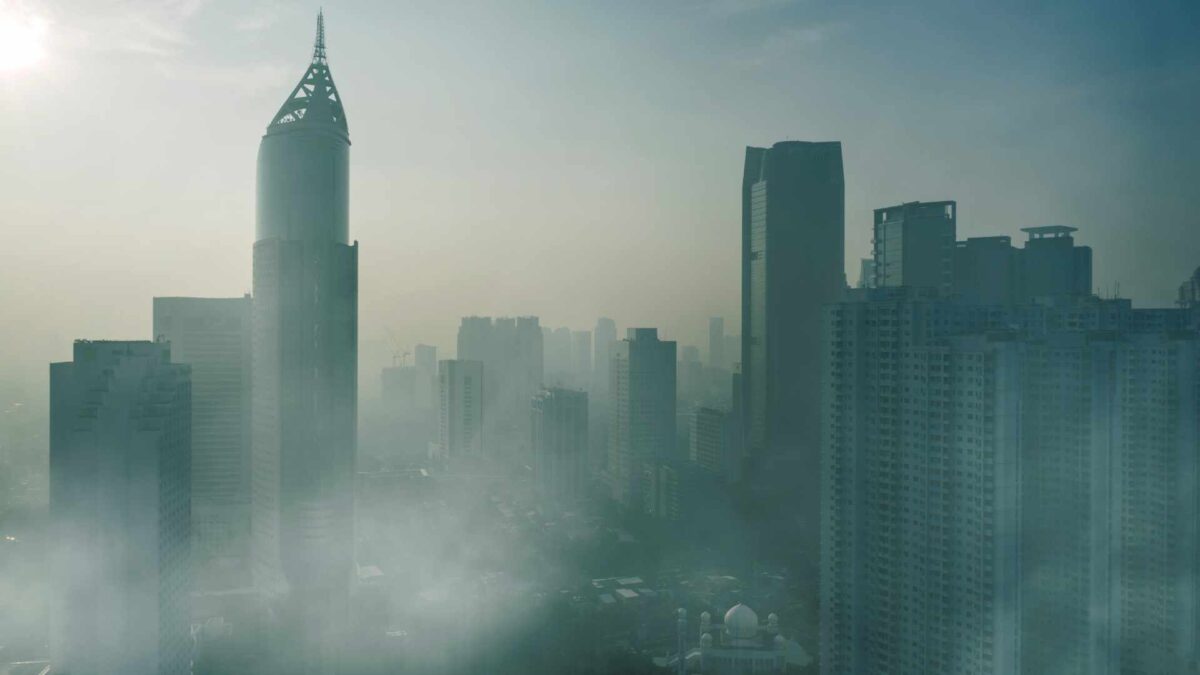
Air pollution and climate change are inseparable threats that demand urgent, coordinated action, according to a new World Meteorological Organization report.
The 2025 WMO Air Quality and Climate Bulletin warns that tiny particles in the air, known as aerosols, are driving worsening air quality and posing serious risks to health, ecosystems and economies worldwide.
The report highlights hotspots of pollution in 2024. PM2.5 levels fell in eastern China following mitigation measures, but northern India remained heavily polluted. Wildfires drove extreme particle pollution in Canada, Siberia and central Africa, with the Amazon basin recording the highest anomalies during record fires in western Amazonia and drought-fuelled blazes in northern South America.
Aerosols are complex. Dark particles such as black carbon warm the atmosphere and accelerate ice melt, while brighter sulphate aerosols reflect sunlight but contribute to acid rain. Global concentrations of aerosols have fallen in North America, Europe and East Asia, but are rising in parts of South Asia, South America and northern latitudes, in part due to increasing wildfires.
Winter fog is worsening in the Indo-Gangetic Plain, affecting more than 900 million people, driven by pollution from vehicles, heating, construction, agriculture and biomass burning. The WMO says persistent fog is no longer just a seasonal event, but a visible sign of escalating human impact on the environment.
The Bulletin stresses the need for better global monitoring. Satellites provide crucial data, but ground-based networks are essential, particularly in developing regions where infrastructure remains sparse. The report calls for integrated policies to protect health, reduce environmental damage and curb climate change.
The findings were released ahead of the International Day of Clean Air for Blue Skies.
